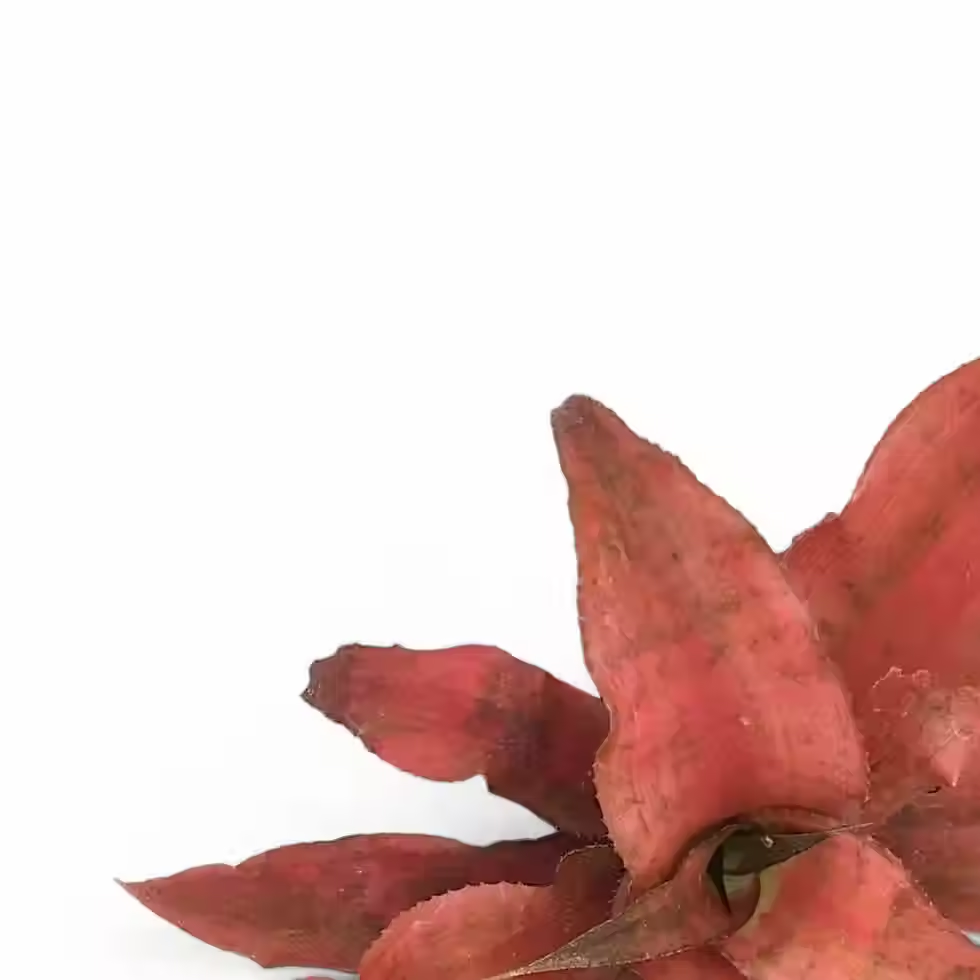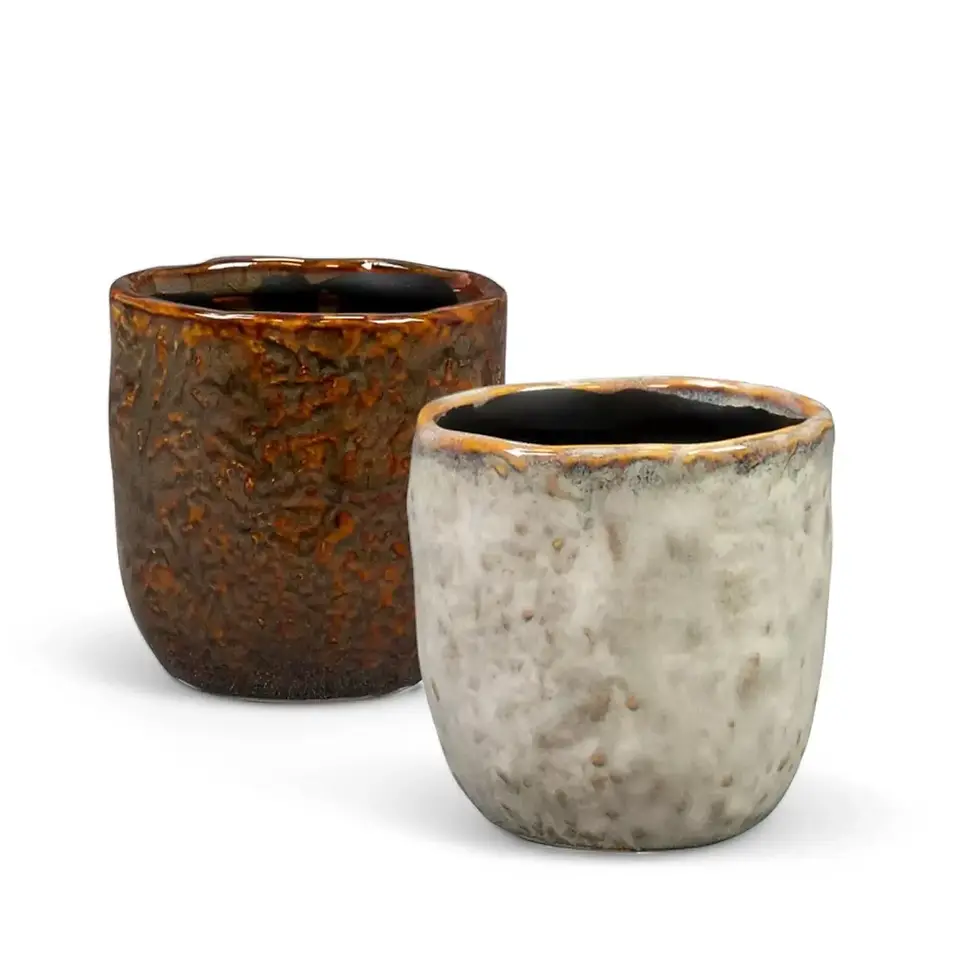Platycerium bifurcatum 'Netherlands' - Growth and Care Guide
Platycerium bifurcatum 'Netherlands' is a compact, visually striking cultivar of staghorn fern, perfect for indoor plant lovers seeking a manageable yet dramatic statement piece. Originating from the humid forests of Australia and New Guinea, this resilient fern thrives as an epiphyte, attaching itself to trees and absorbing moisture from the air. Its two distinct frond types—rounded, shield-like sterile fronds that form a base and elongated, antler-like fertile fronds—create an elegant, sculptural display.
Key Features of Platycerium bifurcatum 'Netherlands'
- Compact Growth Habit: Remains smaller than standard Platycerium bifurcatum, ideal for apartments and vertical gardens.
- Distinctive Fronds: Contrasting sterile and fertile fronds add architectural interest.
- Low Maintenance: Thrives in various indoor conditions with minimal care.
- Versatile Display: Suitable for mounting, hanging baskets, or pots.
Natural Habitat and Growth Pattern of Platycerium bifurcatum 'Netherlands'
In its native habitat of Australia and New Guinea, Platycerium bifurcatum thrives in tropical and subtropical forests with high humidity and dappled light. Indoors, it grows moderately with proper care, and its fertile fronds can extend up to 90 cm in length.
- Growth Habit: Forms a clumping, upright structure.
- Lifespan: Can thrive for decades with proper care.
- Toxicity: Non-toxic to pets and humans.
Platycerium bifurcatum 'Netherlands' Care Guide
- Light: Prefers bright, indirect light. Avoid direct sunlight.
- Watering: Submerge the root ball for 10-15 minutes every 7-10 days. Use rainwater or distilled water to prevent mineral buildup.
- Humidity: Requires 50-70% humidity. Use a humidifier if needed.
- Temperature: Ideal range is 15-25°C. Can tolerate short drops to 10°C.
- Soil: Use a well-draining, loose mix if potted. Mount on wood, cork, or baskets lined with sphagnum moss.
- Fertilizing: Apply a balanced, water-soluble fertilizer monthly. Organic fertilizers like seaweed extract are also effective.
- Repotting: Repot every 2-3 years if potted. Use wide, shallow pots.
- Propagation: Divide offsets with sterile tools, ensuring each has both sterile and fertile fronds.
- Pruning: Remove dead fronds carefully. Avoid excessive pruning.
Common Problems and Solutions for Platycerium bifurcatum 'Netherlands'
- Pests: Treat mealybugs and scale insects with neem oil. Increase humidity for spider mites.
- Root Rot: Ensure proper drainage and allow roots to dry slightly between waterings.
- Yellowing Fronds: Typically caused by overwatering or poor drainage.
- Browning Tips: Indicates low humidity or underwatering.
- Black Spots: Sign of excess moisture or fungal infection. Improve air circulation.
Fascinating Facts About Platycerium bifurcatum 'Netherlands'
- Absorbs nutrients primarily through fronds.
- Forms large colonies in the wild.
- Some species are used in traditional medicine for antibacterial properties.
- Can grow without soil, making it unique among houseplants.
Etymology and Name Origin of Platycerium bifurcatum 'Netherlands'
Platycerium is derived from Greek, meaning "flat horn," describing the fronds. Bifurcatum means "forked," referencing the plant’s lobed fertile fronds. The 'Netherlands' cultivar is associated with its Dutch origins.
FAQs About Platycerium bifurcatum 'Netherlands'
- How often should I water it? Submerge the root ball every 7-10 days when dry.
- Can it thrive in low humidity? While adaptable, it prefers moderate to high humidity.
- What’s the best way to mount it? Secure it to wood or baskets lined with sphagnum moss using soft ties.
Order Platycerium bifurcatum 'Netherlands' Today!
Enhance your indoor greenery with the striking elegance of Platycerium bifurcatum 'Netherlands'. Order now and bring this stunning fern home!
Platycerium bifurcatum 'Netherlands'
Platycerium bifurcatum 'Netherlands' is approximately 35 cm tall and comes in a ⌀ 17 cm pot.

























































